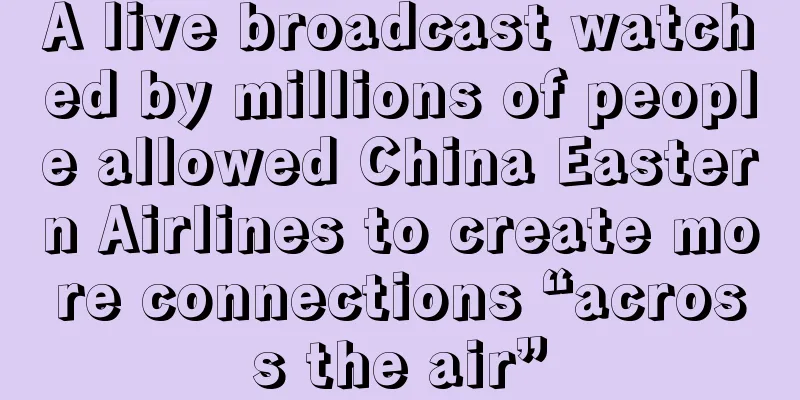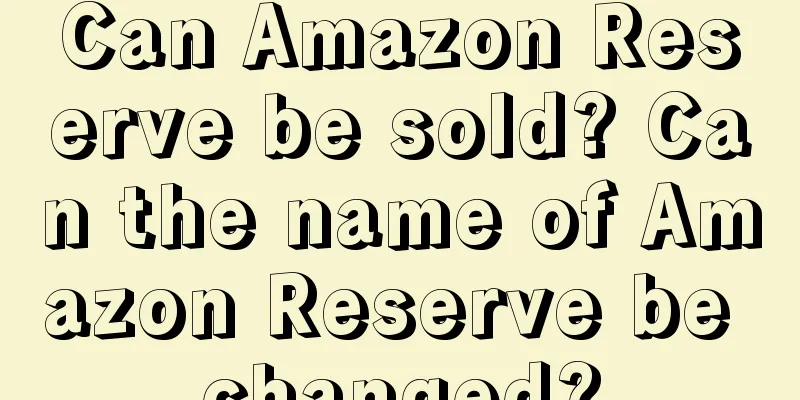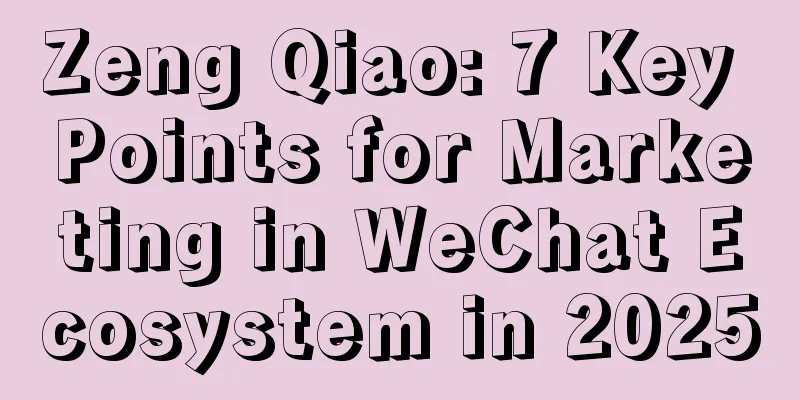ChatGPT and visual search are changing the search market landscape

Let’s first look at a set of search-related data: ChatGPT has over 100 million monthly active users, over 180 million users, and website visits are expected to reach 1.9 billion in May 2023. According to Xiaohongshu’s data, search has become one of the most frequent user behaviors. 60% of daily active users will actively search on Xiaohongshu, and the average daily search query volume is close to 300 million times. The monthly active users of Douyin search exceeded 550 million in 2021. As of the third quarter of 2022, Baidu APP had 628 million monthly active users. These data show new trends in the search market. ChatGPT data is growing rapidly and is replacing traditional search engines to a large extent. A considerable number of teenagers (19%) in the United States use ChatGPT to do school homework, and more than 40% of college students use it to complete coursework. Since ChatGPT came into being, the frequency of my use of Baidu has dropped significantly. ChatGPT can basically solve at least 80% of my information search needs. More and more people use visual search platforms such as Xiaohongshu and Douyin to search for information in the fields of life, travel, consumption, etc., and fewer and fewer people use traditional search engines to search for this information. Xiaohongshu's search data is growing day by day, and Douyin's monthly active users have long been close to Baidu. ChatGPT and visual search are both squeezing out the market share of search engines. As the representative of search engines, Baidu will probably have a harder and harder time. Whether it can regain the market in the future depends on the performance of Wen Xinyiyan. ChatGPT replaces many functions of search engines. There is no need to explain this in detail. People who have used it have already clearly felt it. This article mainly talks about Xiaohongshu and Douyin search, and how this form of visual search will reshape the search market. 1. What are the advantages of visual search VS search engine?One visible change is that the way we obtain information has moved from a text-based era to a visual (picture and video)-centered era. This change is particularly evident in the field of search. In the past, we relied on search engines to find text information. Today, a new search mode, visual search, is rapidly becoming dominant. The era of search centered on images and videos not only marks a change in the way information is obtained, but also heralds a profound change in the consumer decision-making process. Visual search has reshaped the user's consumption decision path. On platforms such as Xiaohongshu and Douyin, users make purchase decisions by watching the actual usage of the product after searching. This method is more intuitive and can attract users' love and resonance more quickly. From a business perspective, visual search has the following characteristics compared to text search: 1. Search driving force: on-site interest-driven vs. off-site interest-driven"Who is Oppenheimer?", "What about Huawei Mate 60?", when we want to know the answer to a question, we will be motivated to search. In the PC Internet era, the basic path for users to use search engines is as follows: seeing a piece of information in life, becoming interested in it, and then opening a search engine (such as Baidu or Google) to search for more detailed information. For example, if a user sees a promotional poster for Oppenheimer in a movie theater and wants to learn more about this person, he or she will search on a search engine. If a user hears on the Internet that Huawei Mate 60 is far ahead, he or she will also search on a search engine. Here, the driving force behind user searches comes from channels such as daily life, print media, and websites, and search engines cannot directly create search demand. In the era of visual media, in addition to searching for information outside the site, users also have another completely new path: users browse content on the visual platform, find content they are interested in, and then directly open the platform's search box to search. For example, if a user browses a piece of information called "The Story Behind the Birth of the Atomic Bomb" that mentions Oppenheimer, he will become interested and can directly search for information related to Oppenheimer without leaving the platform. Here, the driving force behind user searches also comes from the visual media itself. 2. Searching for demand: creating demand vs. accepting demandFor search engines, since users’ interests come from outside the website, their main job is to meet users’ search needs. Accordingly, their business model is that when users have a clear demand for a product and search for it, they will use advertisements in the search results to promote users to complete subsequent business activities. In this case, search engines do not create demand or business growth. For visual search, some users generate search needs by browsing the content on the site, so the platform itself can directly create new needs. Correspondingly, its business model is not just search advertising, but also using content to guide search needs. For example, when "Oppenheimer" was released, the distributor released a batch of content on the site. A user clicked on one of the contents because he was interested in it - "The story behind the birth of the atomic bomb", which led to the need to search for Oppenheimer, and ultimately created an incremental business of a movie ticket. 3. Ad type: content-based ads vs keyword-based adsMost brands place ads on search engines to directly meet user needs. Therefore, brand text link ads usually lead directly to sales platforms. They want to promote the conversion of users with the highest demand, which is more efficient and less costly. But the problem is that as users gradually become desensitized to this form of advertising, they will try to avoid clicking on ads when searching. On visual search platforms, because content exists in the form of pictures, texts or short videos, a piece of content carries more information, so many brands, when advertising, often give users the content they need first, and then give them ads. For example, when searching for laptops, the first thing that appears on Baidu is an advertisement for a certain brand, while on Xiaohongshu you may see a picture and text of "Recommendations for cost-effective laptops in 2023". After entering, you will first get useful information and then see advertisements. Another search model for brands is to create high-quality content over the long term. When users search for relevant information, they will pay attention to the brand because they obtain useful information. In the future, when it advertises again, it will naturally reach users and potentially obtain conversions. Therefore, on visual content platforms, it is better to run search ads based on high-quality content than pure advertising. 4. Consumption decision-making model: emotional decision-making vs rational decision-makingPringle and Feld conducted a study in which they compared the difference in profit growth created by communication activities that took the emotional route and the rational route. The results showed that the average growth created by the emotional route was 31%, which was almost double the 16% of the rational route. The reasons behind this are that, first, the human brain can receive emotional information without cognitive processing, and second, the human brain is particularly susceptible to strong emotional stimulation and remembers such stimulation. Compared with text, images are inherently more emotional and can better drive consumer interest. This is the natural advantage of visual content in driving consumption. In addition, another feature of the visual content platform is that the content is produced by real people. After searching for content, users can not only see the information of this search need, but also see the historical information of the creator. Because of this feature, users will feel it is more real, and when they see the information of the same creator next time, they will trust it more. Especially when the author's experience and knowledge system are similar to our own, we will resonate with his content more emotionally. This is just like in our daily life, we always trust the information provided by friends more. Because of this, visual search results that display pictures or videos made by real people are more effective in driving consumers to make purchases than search engine results that display text. Because of this feature, generally speaking, users compare prices on search engines much more than on visual searches. 5. Content experience: flesh-and-blood people vs. cold textWhen users search on search engines and visual search platforms, they receive different content experiences. When a user uses a search engine, most of the results he gets are integrated information, which can be said to be "cold text". Most of the time, he does not care about or know the provider behind the information. When users obtain content on visual platforms, most of the information they get is provided by real people. The advantage of real people providing information is that it is personalized and interesting, and can provide consumers with more inspiration and surprises. In terms of consumption behavior, it will also allow users to make choices more quickly. Compared with search engines, visual search presents content faster, more convenient and more intuitive. For example, when searching for how to cook a dish, the efficiency of searching for pictures, texts or short videos on platforms such as Xiaohongshu and Douyin is much higher than the efficiency of searching for text on search engines. The former is more like someone teaching you how to cook, while the latter is more like someone giving you a piece of text and letting you learn it yourself. 2. With visual search, users’ consumption decisions become shorterWith the shift from text search to visual search, the user's consumption decision-making process has also changed. Overall, the whole process has become more intuitive and faster. The AISAS model is a user consumption decision-making model proposed by Dentsu for the PC Internet era. It consists of five steps: Attention, Interest, Search, Action, and Share, among which search is the core. Under the AISAS model, the characteristic of search is that users need to first pay attention to and become interested in the product through other channels, then obtain information through search, and finally jump out of the site to complete the purchase and sharing. Only one link of the entire path is conducted on the search engine. In the era of visual search, the user's decision path is shortened to three steps. The first step is attention and interest. When a user browses information on a visual content platform, he notices a piece of content and opens it to view it, which arouses his interest. Here, attention and interest occur almost simultaneously, which is determined by the fact that the information flow of visual content is more intuitive and attractive than that of text. At the same time, when the user stays on and browses related content for a longer time, the algorithm will give him more content to strengthen his interest. The second step is to search. There are two ways to search. The first is that when users are interested in a piece of content, they can search directly on the platform to obtain detailed information and ultimately promote action. The second is that users go directly to the platform to search. For example, many people will search for content such as "Which laptop should I choose between A and B" on Xiaohongshu. The third step is to buy and share. In this step, because the visual content is more vivid, users may take action more quickly. At the same time, consumers usually do not need to jump out and can directly complete the purchase on the platform. At the same time, after completing the purchase, users can directly share their purchase and usage experience on the platform, and these contents can further influence others' consumption decisions. From this we can see that on the visual content platform, the user's consumption decision path becomes shorter. At the same time, throughout the entire decision-making path, the user does not need to jump out of the platform, but can complete the entire process on the platform. Therefore, on such a platform, users will be more efficient in searching for effective information. 3. ConclusionWith the strong growth of users of visual content platforms and changes in user search habits, the search market structure that has been stable for about 20 years may usher in new changes. In the era of visual search, we have witnessed a key transformation: the rapid evolution of information acquisition and consumption decision-making methods. First, visual search strengthens the intuitiveness and emotional connection of the user experience. On platforms like Xiaohongshu, images and videos not only simplify the process of obtaining information, but also make the information more vivid and easy to resonate with. Secondly, the consumer's decision-making process is faster and more direct. Consumers can quickly transform their attention to brand information into interest, which in turn promotes search and purchase actions more quickly. In this situation, brands used to do SEO on search engines, but now they should optimize search content on Douyin and Xiaohongshu. At the same time, this year's ChatGPT voice function has already made people feel that its level is far higher than SIRI, so in the future, brands may also need to do AEO (Answer Engine Optimization). For marketers, today's search market is more complex. It is not enough to just do a good job of traditional search engine optimization. Search marketing should adapt to new trends and focus more marketing efforts on visual search platforms. Author: Xunkong WeChat public account: Xunkong’s Marketing Revelation (ID: xunkong2005) |
<<: Why do factories always make mistakes when building brands? Here are the 6 basic reasons!
>>: The most profitable brand understands your joys and sorrows
Recommend
Why did Pinduoduo’s methodology fail?
As e-commerce competition becomes increasingly fie...
The most popular words on B station this year are two words
At the end of every year, along with the New Year ...
During the Spring Festival holiday, are your friends and family surrounded by skits?
During the Spring Festival, short plays have becom...
The transaction volume has shrunk 10 times, and the live broadcaster failed to "job-hop"
How are those anchors who switched from Douyin to ...
How should brands set their prices?
In marketing, the price will directly affect the f...
“Internet celebrity cities” take turns to become popular, who will represent local life?
Recently, many "Internet celebrity cities&quo...
FENDI is selling like hot cakes at 19 yuan a cup. What is Heytea thinking?
With the launch of the joint beverage of HEYTEA an...
Live-streaming recruitment is hot, but chaos is frequent
Graduation season is here again, and livestreaming...
Perfect Diary, which is not even used by primary school students, can we play it again?
Perfect Diary, which was very popular in the past ...
How to use the mobile payment virtual card? What are the rules of use?
With the rapid development of technology, mobile p...
30 years of Internet idolization: a history of the demise of Internet celebrities
On the Internet, there is never a shortage of new ...
How long does it take for customers to receive products after Amazon FBA shipment?
Most people will choose the official FBA delivery ...
2022 Annual Review (Part 2): The underlying logic of good content, good operations, and good results
In the era of scarce traffic, good content is stil...
The biggest shopping day of the year in the UK! How to do KOL marketing on Boxing Day 2023
Every year, from December 23 to 25, there is a str...
Does the company still need a brand director?
As brand thinking becomes more prevalent in all po...









